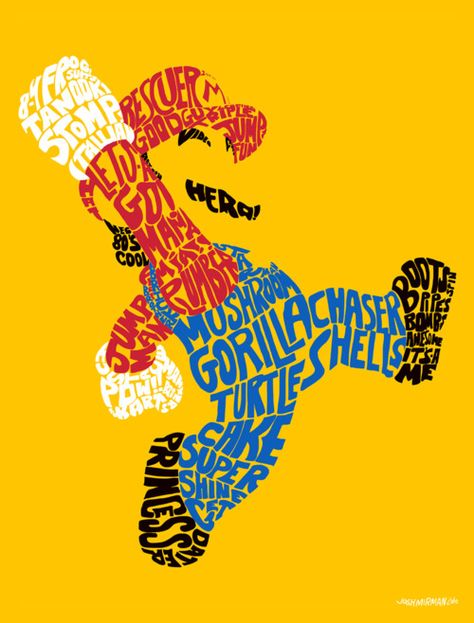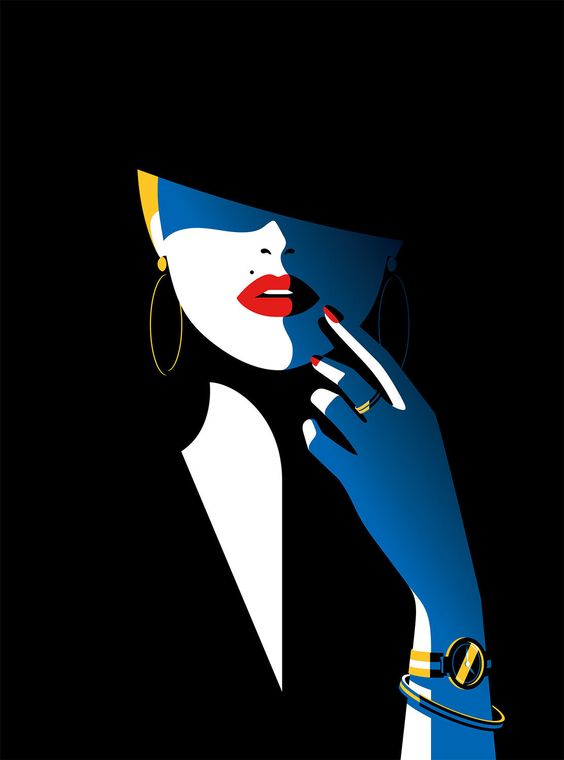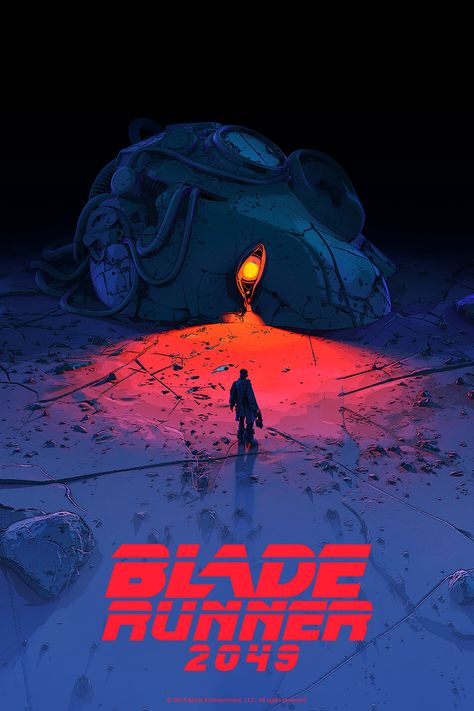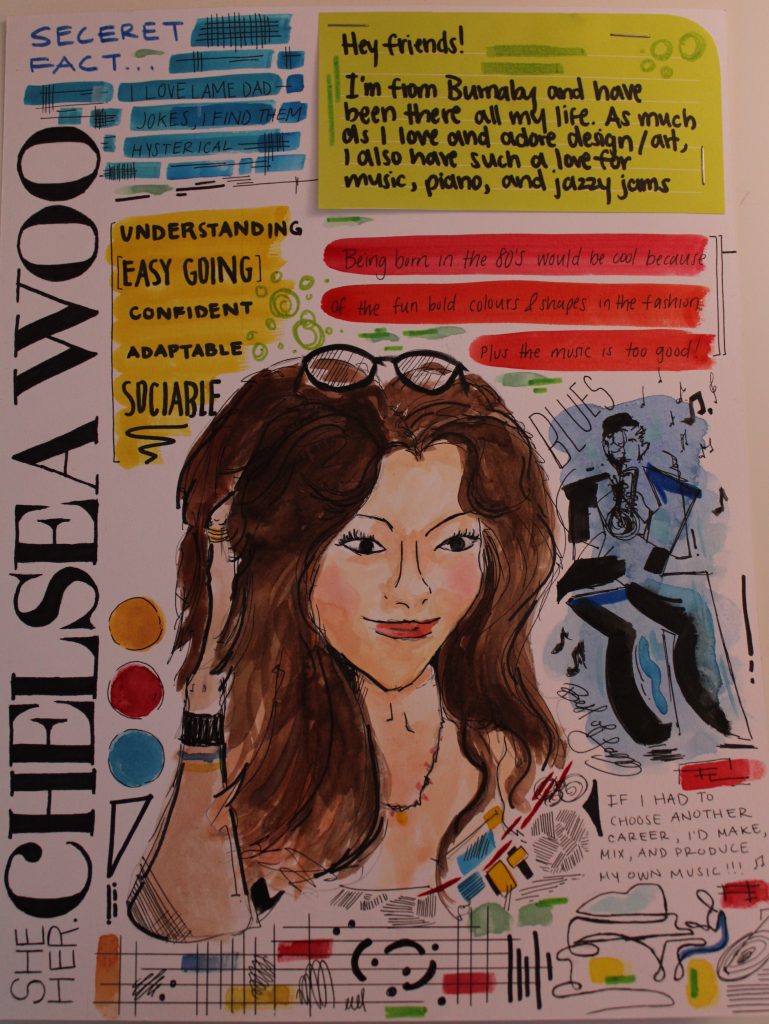
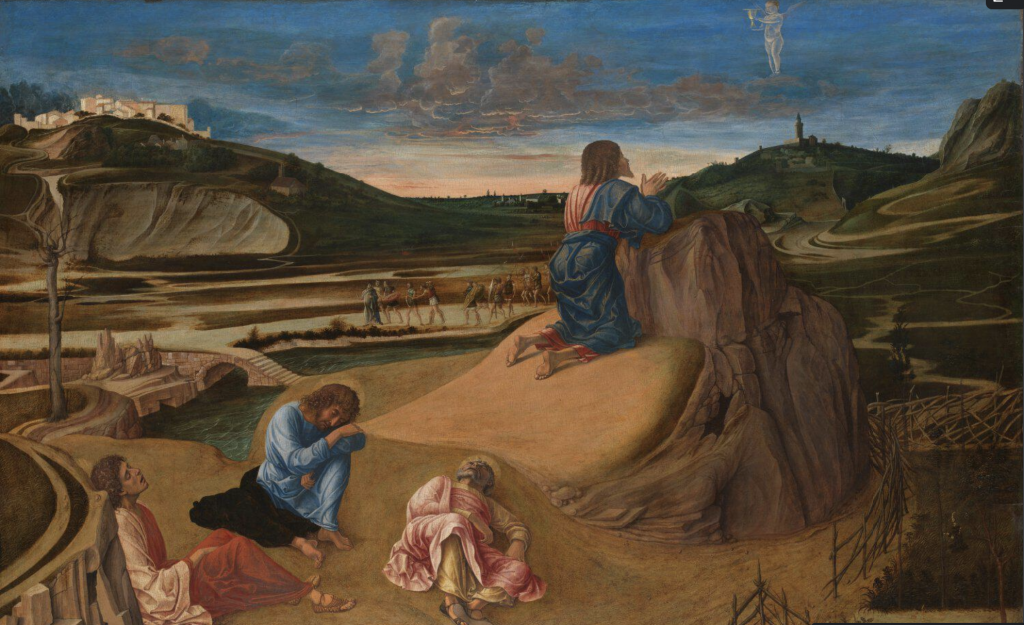
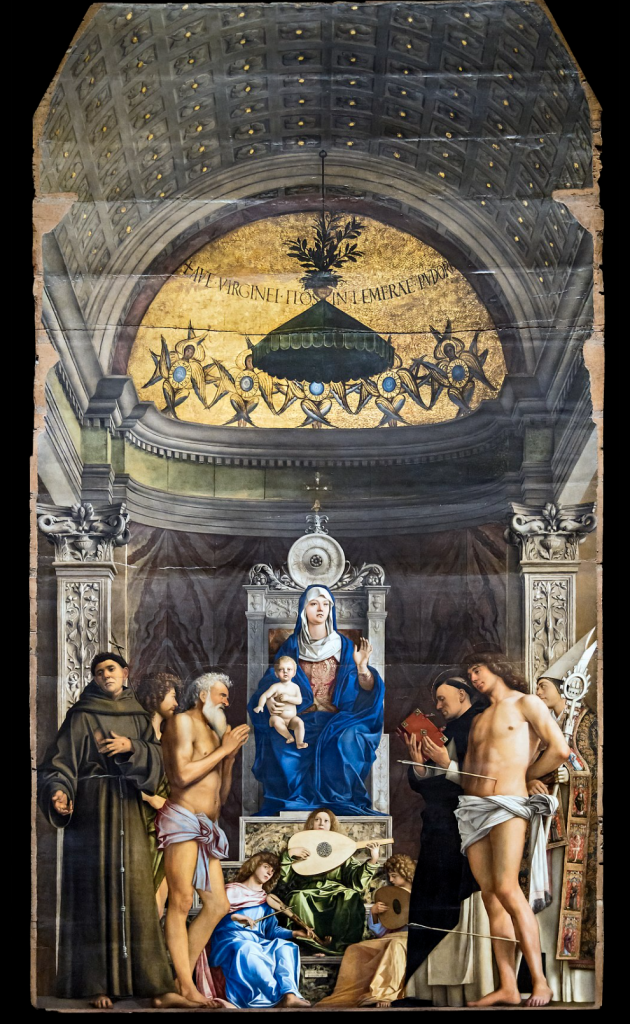
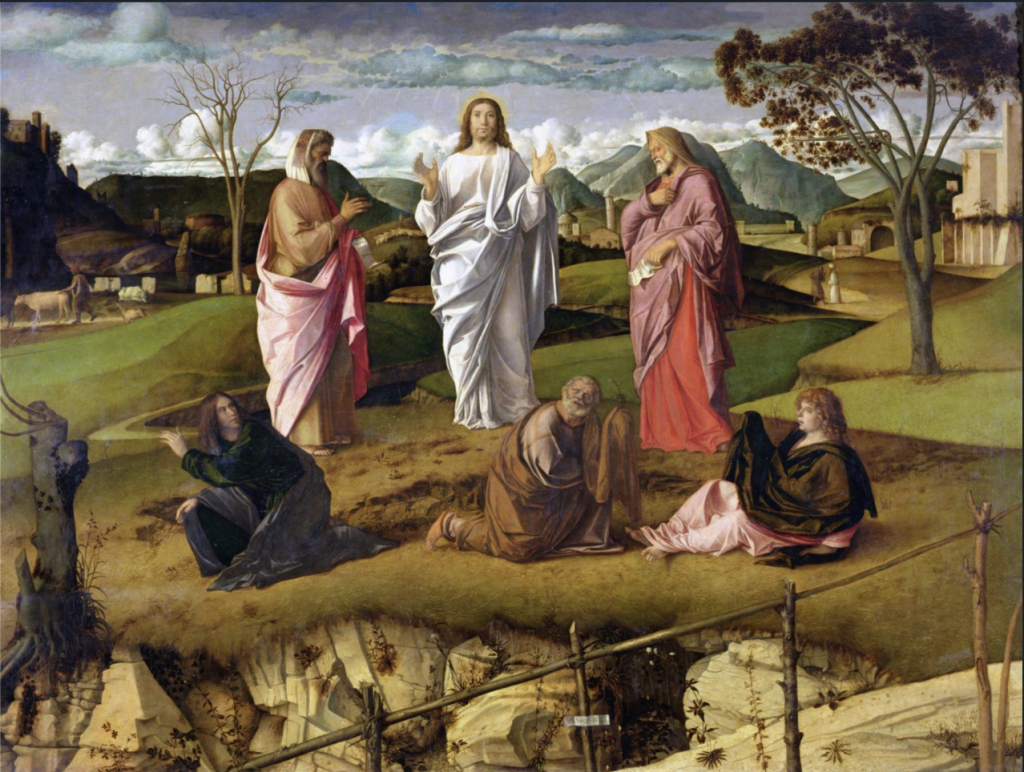
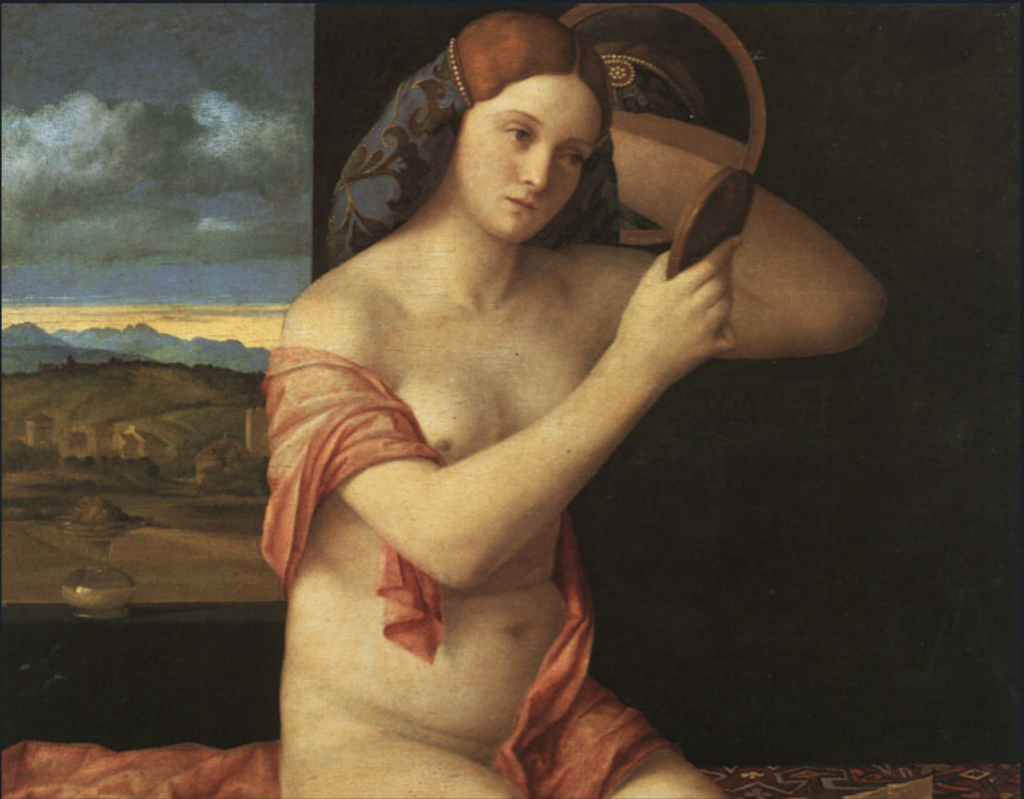
Giovanni Bellini, born in Venice, Italy in 1430 and died in 1516. Bellini, being one of the most influential artists of Venetian lived and worked in Venice all his life. He had the honour of being born into the Bellini family of Venetian painters. He created his paintings using the old tempera method during the early period.
Inspired by the late gothic style of his father and other painters within the family, he went on to paint his early Madonnas and landscapes. Giovanni creates much expression in using elaborate line structure while painting landscapes, however, an even grander part is expressed by the colours of dawn, in their pure brilliance and in the reflected light within the shadows he creates. Giovanni is recognized for involving new ideas and methods portraying natural light. An example of his utilization of natural light is seen in his piece ‘The Agony in the Garden”.
He created many of the first series of Venetian landscape scenes that kept progressing for around a century or more. Giovanni Bellini contributed to the renaissance in a way that he established a distinct fashion of High Renaissance painting, based on a more lavish, colouristic style.
The National Gallery, London. “Giovanni Bellini.” The National Gallery, https://www.nationalgallery.org.uk/artists/giovanni-bellini.
“Giovanni Bellini.” Wikipedia, Wikimedia Foundation, 31 July 2021, https://en.wikipedia.org/wiki/Giovanni_Bellini.
“Giovanni Bellini (1430-1516).” Giovanni Bellini: Italian Renaissance Painter, Founder of Venetian School, 2020, http://www.visual-arts-cork.com/old-masters/giovanni-bellini.htm.



